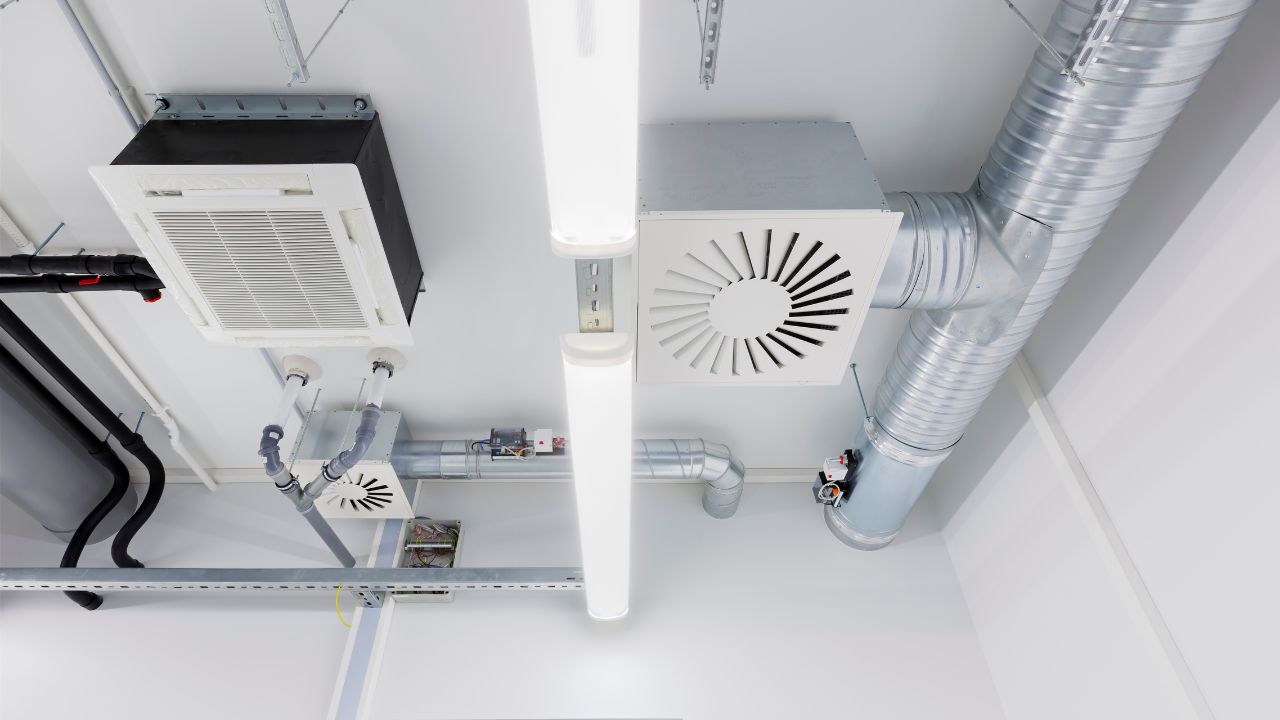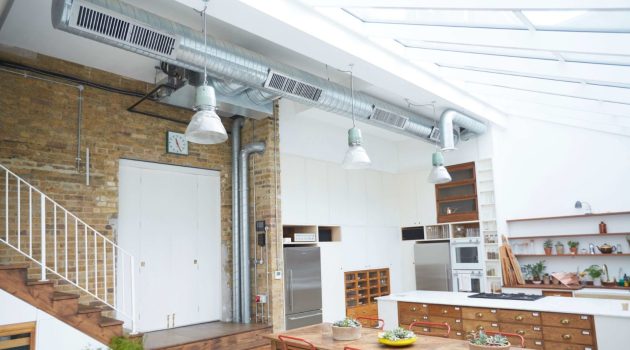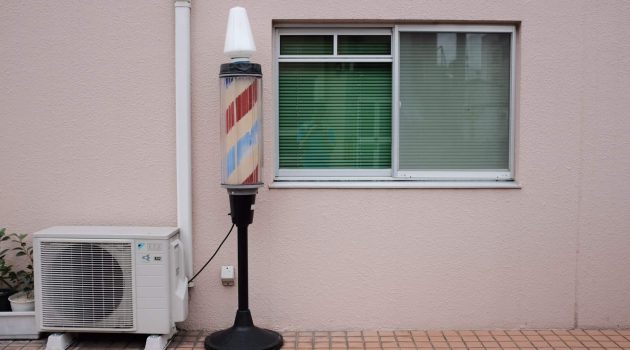Air purification is essential for maintaining a comfortable and healthy living environment.
With various options on the market, it’s crucial to understand the differences between air scrubbers and UV lights to decide which method is ideal for your home or office.
Each method has unique features and benefits, catering to different needs and preferences.
Air scrubbers utilize filters to remove pollutants from the air, such as allergens, dust, and pollen.
They are available in different types, each designed to target specific contaminants, making them highly efficient in air purifying.
On the other hand, UV lights use germicidal properties to eliminate bacteria, viruses, and other harmful microorganisms, ensuring that surfaces in your living space remain sanitized and disinfected.
When choosing between air scrubbers and UV lights for air purification, consider factors like the types of pollutants you wish to eliminate, the level of sanitization required, and your budget.
By weighing the pros and cons of these solutions, you can ensure that the air quality in your home or office is at its best, creating a clean and healthy environment for everyone.
1. Air Scrubber: Working and Components
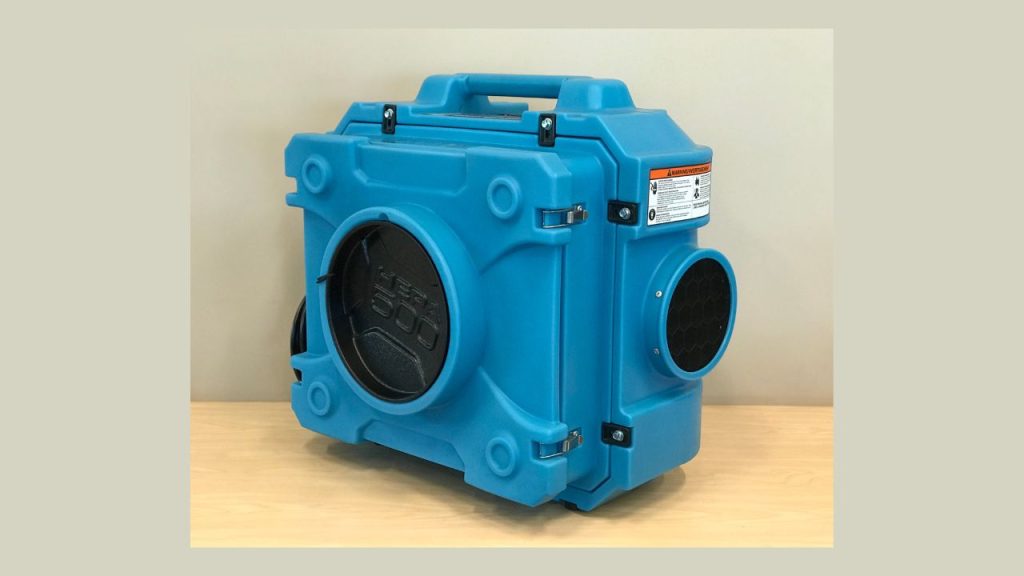
An air scrubber is a device that works to improve your indoor air quality by removing various pollutants from the air.
Types of Filters
There are various types of filters that can be used in air scrubbers to target specific contaminants. Some common filter types include:
- HEPA filters: These filters are designed to remove particles as small as 0.3 microns, making them excellent for trapping dust, pollen, mold spores, and pet dander.
- Activated carbon filters: These filters are known for their ability to adsorb odors, volatile organic compounds (VOCs), and chemicals from the air.
- Ultraviolet (UV) light filters: These use UV radiation to neutralize microorganisms such as bacteria, viruses, and mold spores, preventing them from reproducing.
Installation
Air scrubbers can be installed in your HVAC system or used as standalone devices.
When installed in an HVAC system, the air scrubber connects to the ductwork and cleanses the air circulated throughout your home or office.
Standalone air scrubbers are portable and can be used in specific rooms or areas that require improved air quality.
Maintenance
Regular maintenance of your air scrubber is essential to keep it functioning effectively and maintaining optimal indoor air quality.
Some steps to follow for proper maintenance include:
- Inspecting the filters: Check the filters in your air scrubber regularly and replace them as needed. The frequency at which they should be replaced depends on the type of filter and the conditions in your environment.
- Cleaning the ducts: If your air scrubber is installed in your HVAC system, ensure your ducts are clean and debris-free to help maintain efficient airflow and operation.
- Servicing the system: Periodically have a professional inspect and service your HVAC system, including the air scrubber, to ensure everything is operating correctly and efficiently.
2. UV Light: Working and Components
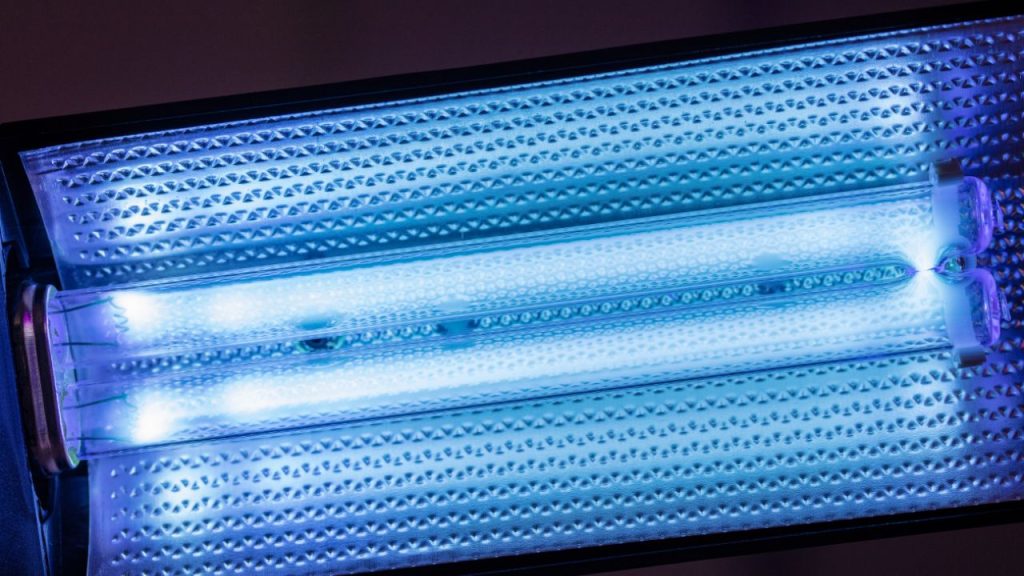
UV light, specifically ultraviolet light, is a form of invisible radiation that can eliminate many airborne pathogens.
Germicidal UV lights are commonly used in hospitals and other settings where indoor air purification is essential.
These UVC lights have the shortest wavelength among other UV lights, making them highly effective in disinfecting air, non-porous surfaces, and water.
UV Light System Installation
To get the best out of your UV light system, following proper installation guidelines is crucial.
First, identify a suitable location to install the UVC lights. It should be inside your heating, ventilation, and air conditioning (HVAC) system, near the cooling coils or ducts.
If you need more time to install the system, consider hiring a professional to ensure the job is done correctly.
Once installed, run your HVAC system frequently to maximize the benefits of the UV light in purifying your indoor air.
Safety and Precautions
While UV lights are excellent for air purification, you must know the safety precautions you should take when using them.
As UVC lights can harm humans if directly exposed, ensure the system is safely installed inside your HVAC system and not visible to occupants.
Always wear UV-protective goggles and gloves when working around the light installation or replacing the bulbs to avoid eye damage and skin burns.
Additionally, regularly inspect and replace the bulbs per the manufacturer’s recommendations to maintain the light system’s effectiveness and performance.
3. Comparing Air Scrubbers and UV Lights
You have several options when it comes to improving your home’s air quality. Two of the most popular are air scrubbers and UV lights.
To make an informed decision on which system is right for you, it’s important to understand the differences between the two.
Air scrubbers are devices that use filters to remove pollutants from the air.
These filtration systems come in various types, each designed to eliminate specific contaminants like dust, allergens, and odors.
The air scrubber circulates air through its filters, trapping unwanted particles and releasing clean air into your space.
On the other hand, UV lights utilize ultraviolet (UVC) radiation to disinfect non-porous surfaces, water, and air.
This invisible form of light effectively eliminates various pathogens, including viruses and bacteria, by interfering with their DNA sequence.
While UV lights don’t directly address airborne particles like dust and allergens, they can significantly reduce the number of harmful microorganisms in the air.
Regarding efficacy, both air scrubbers and UV lights have their strengths.
Air scrubbers excel at removing impurities like dust, allergens, and odors from the air, making them particularly beneficial for allergy sufferers or those with respiratory issues.
UV lights, however, are better suited for combating harmful microorganisms and promoting a sanitary home environment.
When considering the noise factor, air scrubbers may generate more noticeable sound, as they rely on fans to circulate air through the filters.
UV lights, conversely, operate silently due to their radiation-based mechanism. Consider this if you’re sensitive to noise or looking for a quieter solution.
In conclusion, when choosing between air scrubbers and UV lights, consider the specific needs of your home.
An air scrubber may be your best bet if you’re primarily concerned with removing allergens and odors.
On the other hand, if you’re focused on creating a germ-free environment, a UV light system might be more suitable.
Understanding the differences between these two systems allows you to make an informed decision that meets your air purification goals.
Frequently Asked Questions
How do air scrubbers and UV lights differ in their functionality?
Air scrubbers work by using filters to remove large particles from the air such as dust and smoke, and they are also effective at removing volatile organic compounds (VOCs). On the other hand, UV lights work by emitting germicidal ultraviolet light, which kills bacteria and other contaminants in the air. The main difference is that air scrubbers focus on particle and VOC removal, while UV lights are more effective at killing microorganisms.
What are the pros and cons of using an air scrubber versus a UV light?
Pros of using an air scrubber include their effectiveness at removing larger particles and VOCs, which can be harmful to your health. They are particularly useful in residential or small-scale environments. The cons are that air scrubbers may not be as effective at eliminating microorganisms such as bacteria, viruses, and mold.
For UV lights, the main pro is their high efficiency in eliminating bacteria and other microorganisms, which can help improve indoor air quality. The cons include potential ozone production, which can be harmful to your health, and their inability to remove larger particles and VOCs.
Can air scrubbers and UV lights be used together for optimal air purification?
Yes, air scrubbers and UV lights can be used together for optimal air purification. Combining the two technologies can help you benefit from both the particle and VOC removal capabilities of air scrubbers and the germ-killing properties of UV lights. This combination can effectively improve indoor air quality in your home or workspace.
Do UV light systems require more maintenance than air scrubbers?
UV light systems may require slightly more maintenance than air scrubbers, mainly due to the need to periodically replace the UV bulbs. However, the maintenance required for both systems is generally minimal. For air scrubbers, you’ll need to replace filters periodically, while for UV lights, you’ll need to change the bulbs every 12 to 24 months, depending on the system and usage.
Which one is more energy efficient: an air scrubber or a UV light?
Both air scrubbers and UV lights consume small amounts of energy, but overall, UV lights typically use less energy than air scrubbers. The exact energy consumption will vary depending on the specific models you choose, but generally, UV lights are considered more energy-efficient due to their lower power usage.
Is there a significant difference in cost between air scrubbers and UV lights?
There can be a difference in cost between air scrubbers and UV lights, with air scrubbers often being more expensive upfront due to their larger size and the need for filters. However, the long-term running costs of UV lights may be higher due to the need to regularly replace bulbs. When considering the best option for your needs, it’s essential to factor in both the initial purchase price and the ongoing maintenance costs.
